
OR
Traffic management in Kathmandu valley becoming tougher
Published On: March 20, 2017 03:29 PM NPT By: Republica | @RepublicaNepal
KATHMANDU, March 20: Everybody in Kathmandu Valley perhaps has had a nasty experience of its chaotic traffic. And, traffic management in the Valley has become knottier every passing year.
Traffic management in the capital valley is becoming more and more difficult due to the growing population, increasing number of vehicles, limited and narrow roads and breaching of traffic rules by drivers and the pedestrians alike, according to experts.
Moreover, the Metropolitan Traffic Police Division, the body established to regulate the vehicular traffic and maintain road safety in the Valley, lacks the required human resources to carry out its responsibilities in full steam.
The first car was brought in Kathmandu by the then Rana rulers some 115 years back. This vehicle brought from India was carried by people via Bhimphedi route for Kathmandu had no roads that time. But the members of the general public had the opportunity to use vehicles only about 1914 A.D.
The number of vehicles has increased exponentially in Kathmandu valley over the years along with the population increase.
There are around 1.1 million vehicles operating in the Kathmandu Valley lone, said Dr Tok Raj Pandey, spokesman at the Department of Transport Management. According to him, around one hundred thousand vehicles are added every year.
Although the registration of vehicles was started 69 years back in Nepal, an office for traffic management was established 66 years ago. This office was known as Ram Dal. The Central Traffic Company was set up in 1956. It only had 125 traffic policemen because the number of roads and vehicles was very limited at that time.
The modern-day version of the company, Metropolitan Traffic Police Division, has 1346 traffic police personnel, Deputy Superintendent of Police at the Division, Binod Ghimire, said.
"The problem with traffic management is because the road expansion and construction of road infrastructures is far too little in comparison to the rate of urban growth as well as development of the transportation sector not getting the priority it should have got in government's policy and programme," Ghimire said, adding that more than two thousand traffic police personnel would be required if the they were to mobilize the traffic police in accordance with the traffic pressure in Kathmandu. The Division currently has a total of 1085 posts but due to the shortage of manpower, it is compelled to even assign the trainee traffic police personnel.
Thapathali, Kesharmahal, Naya Baneshwar, Koteshwar, Chabahil and Kalanki cross-roads among other places in the Kathmandu valley are the locations notorious for traffic jams, especially during office time. It is said that one has to wait for 3 to 5 minutes in traffic jam on office days on these main cross-roads. The Central Traffic Company was later christened as the Valley Traffic Police Office in 1994 and it is known as the Metropolitan Traffic Police Division after 2007.
The Division has set up its offices at 35 different places within the Kathmandu Valley. One traffic police personnel has to work between eight to 14 hours a day, the Division stated.
According to Division Chief, Deputy Inspector General Mingmar Lama, they are working in accordance with the values of minimizing the traffic accidents, regulating and managing the traffic with high level of discipline, reforming the traffic organization as per the requirement of the times and increasing public participation in traffic management.
Lama said that although the total road lengh in the Kathmandu Valley at present is around 1,500 kilometres, the total length of main roads where vehicles can operate two-way is only between 400 to 500 kilometres. The Division has become stricter in taking action against drunk driving, drivers for flouting lane discipline and parking vehicles on the footpath and other offences in a bid to curtain road accidents.
The Traffic Police has been managing the Valley's traffic with the help of vehicle patrolling, CCTV and drone camera. Although the Division has tried to upgrade itself over the years, it seems it is going to have hard time managing the traffic in Kathmandu as the number of vehicles goes on increasing and will surely shot up in the coming days. RSS
You May Like This
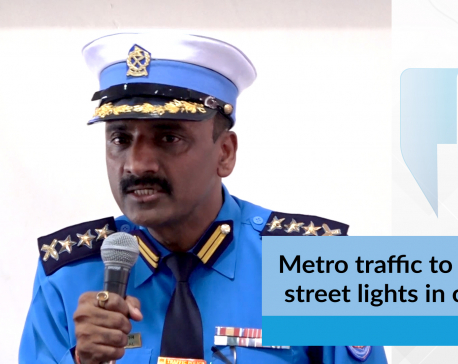
Metro traffic to manage street lights in the capital(with video)
KATHMANDU, Sept 9: Metropolitan Traffic Police Division is all set to manage street lights in Kathmandu valley. ... Read More...

Traffic Police Division collects over Rs 310 million revenue in fine
KATHMANDU, July 25: The Metropolitan Traffic Police Division (MTPD) has collected revenue of Rs 310.56 million in a fine from... Read More...
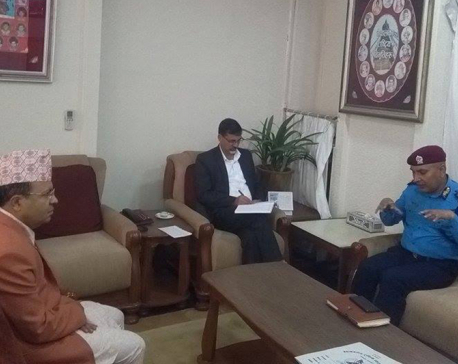
Home Minister Sharma directs for effective traffic management in valley
KATHMANDU, June 13: Home Minister Janardan Sharma has directed the Nepal Police for effective traffic management in the Kathmandu Valley. Read More...


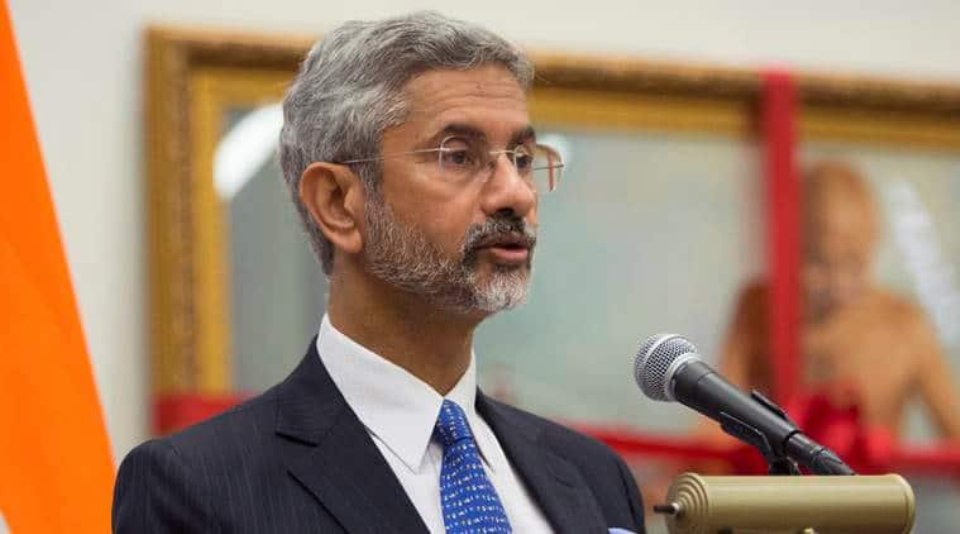


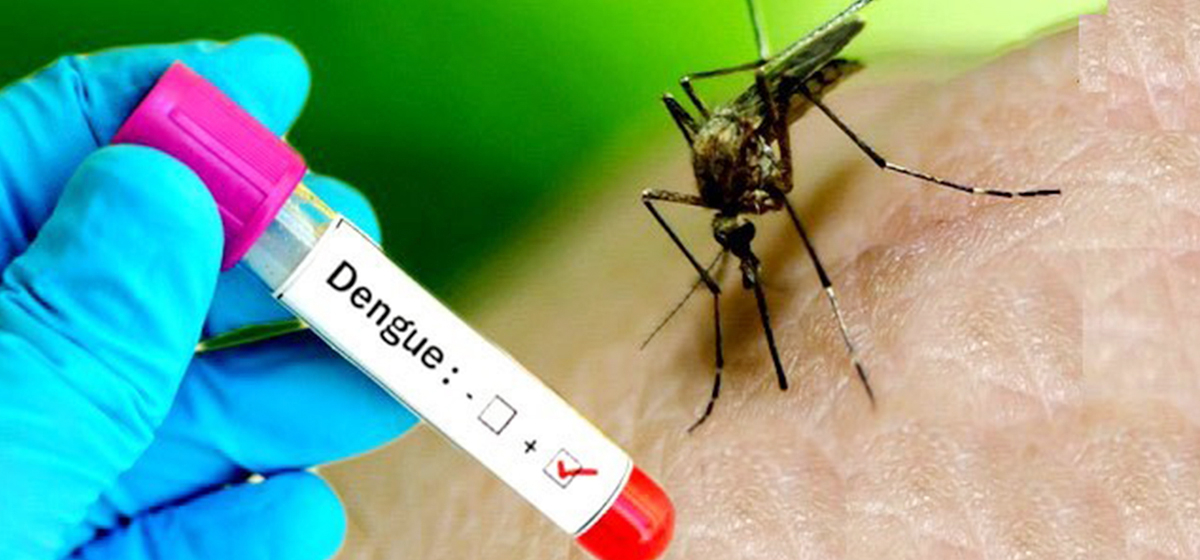
Just In
- Newari, Tamang to be used as official languages in Bagmati Province
- KMC's skill fair gets 10,000 plus applications for vocational training
- NEPSE plunges 24.58 points, daily turnover falls to Rs 3.79 billion
- Shree Airlines to expand services, offering twice daily Kathmandu-Surkhet flights
- Shift in Nepal’s healthcare trend: 58 percent of women in dentistry
- JSP splits, seven lawmakers to register new party
- As Putin begins another 6-year term, he is entering a new era of extraordinary power in Russia
- Over 11,000 dengue cases reported in Bagmati



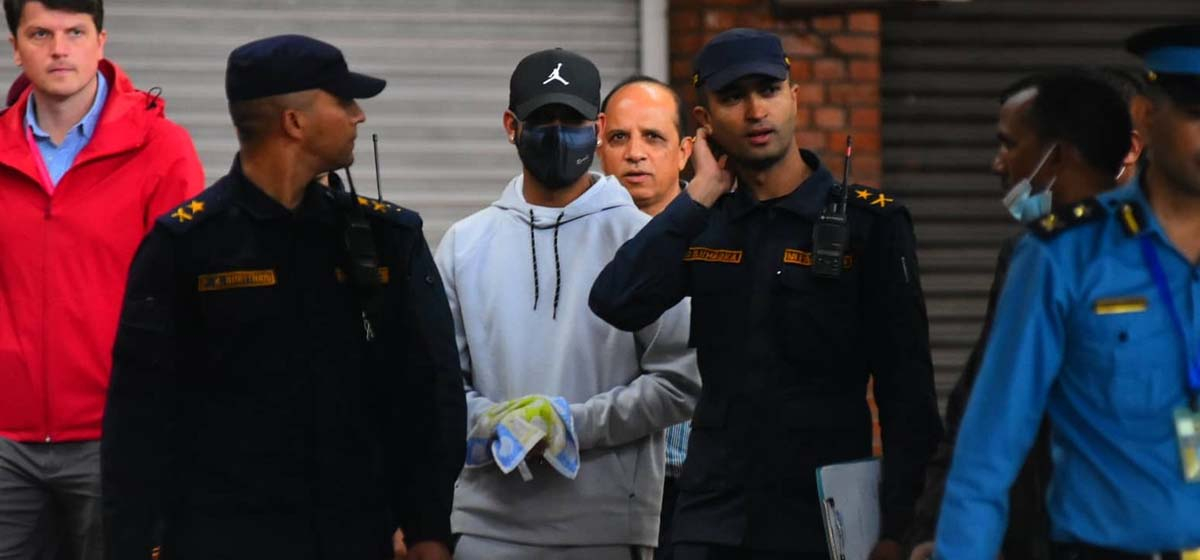
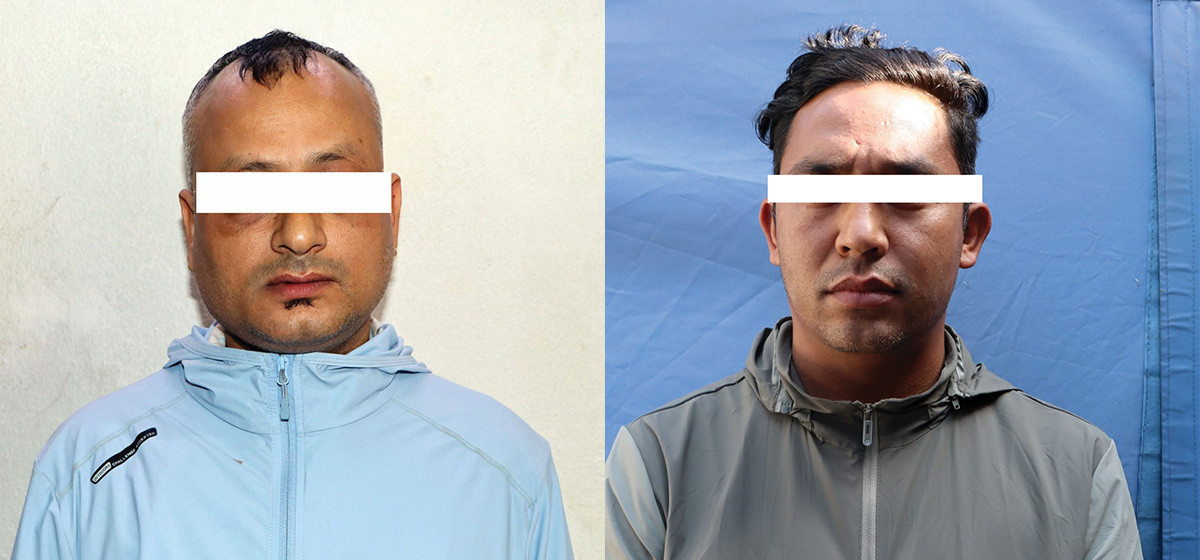
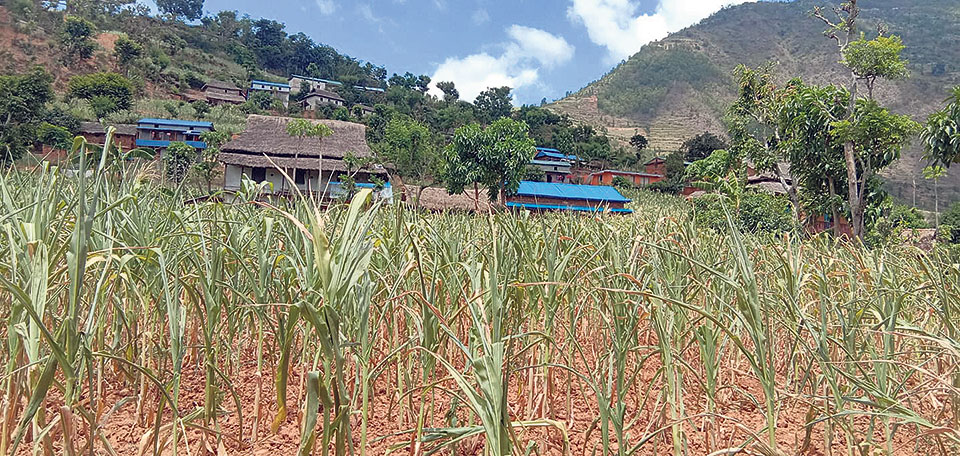
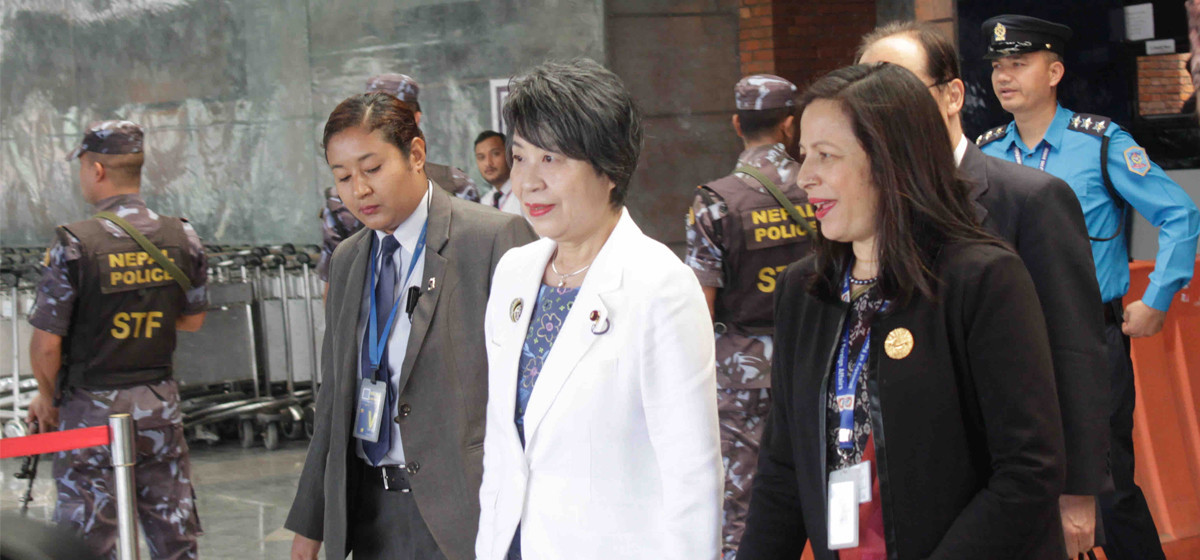
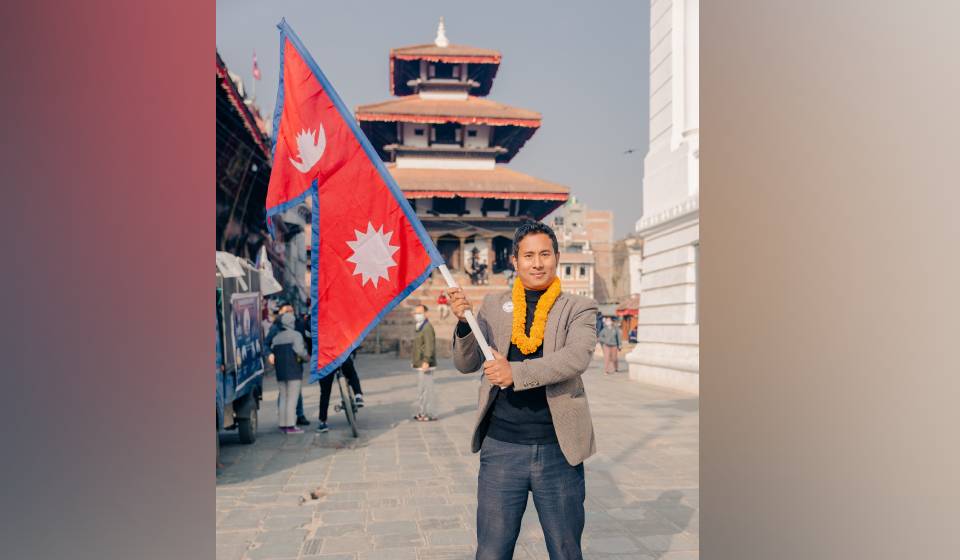
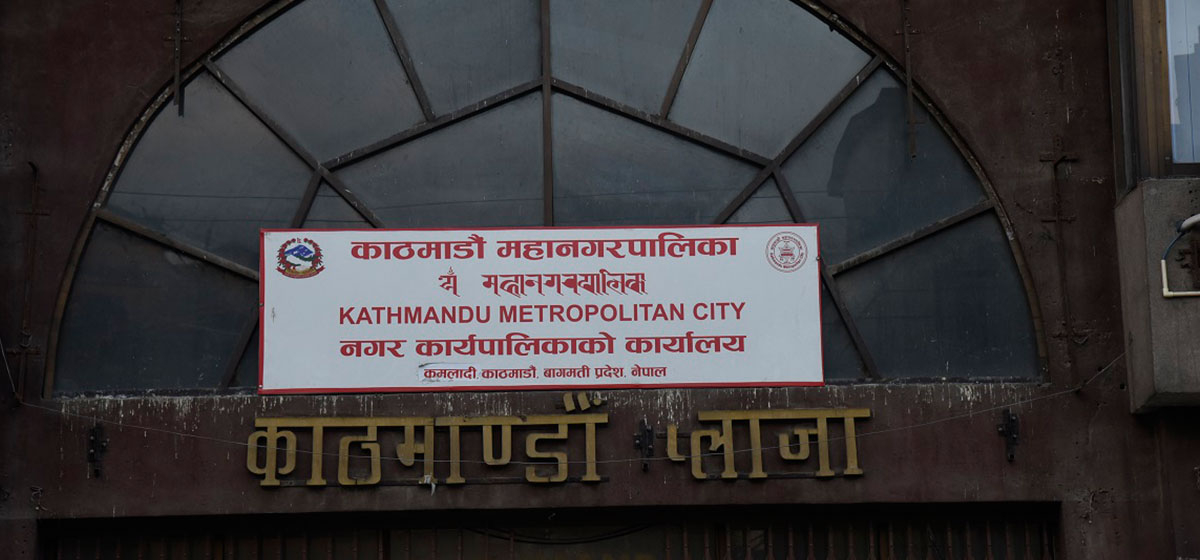

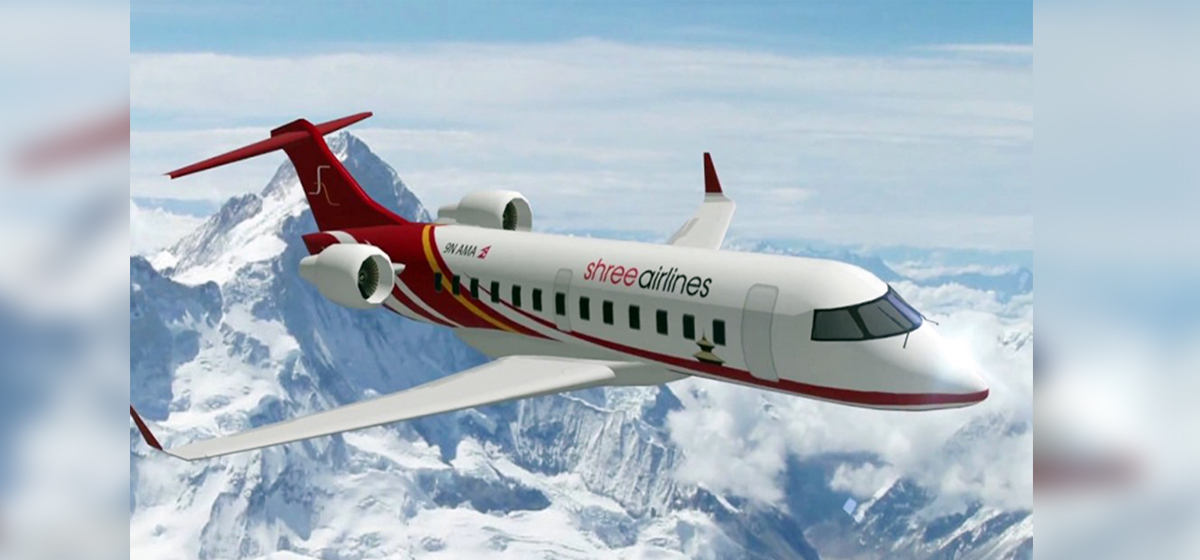
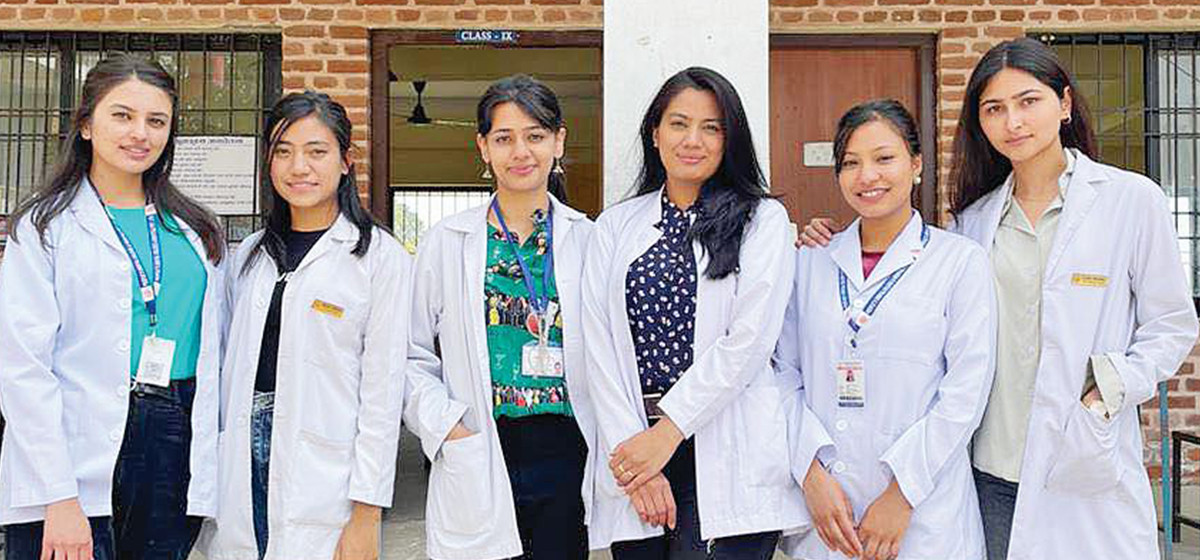
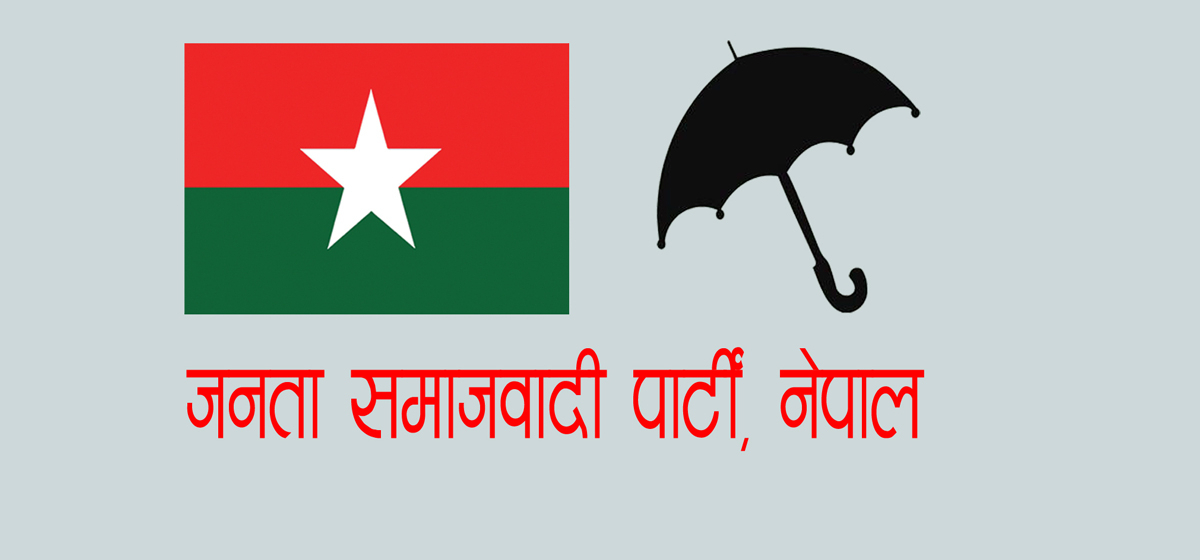
Leave A Comment